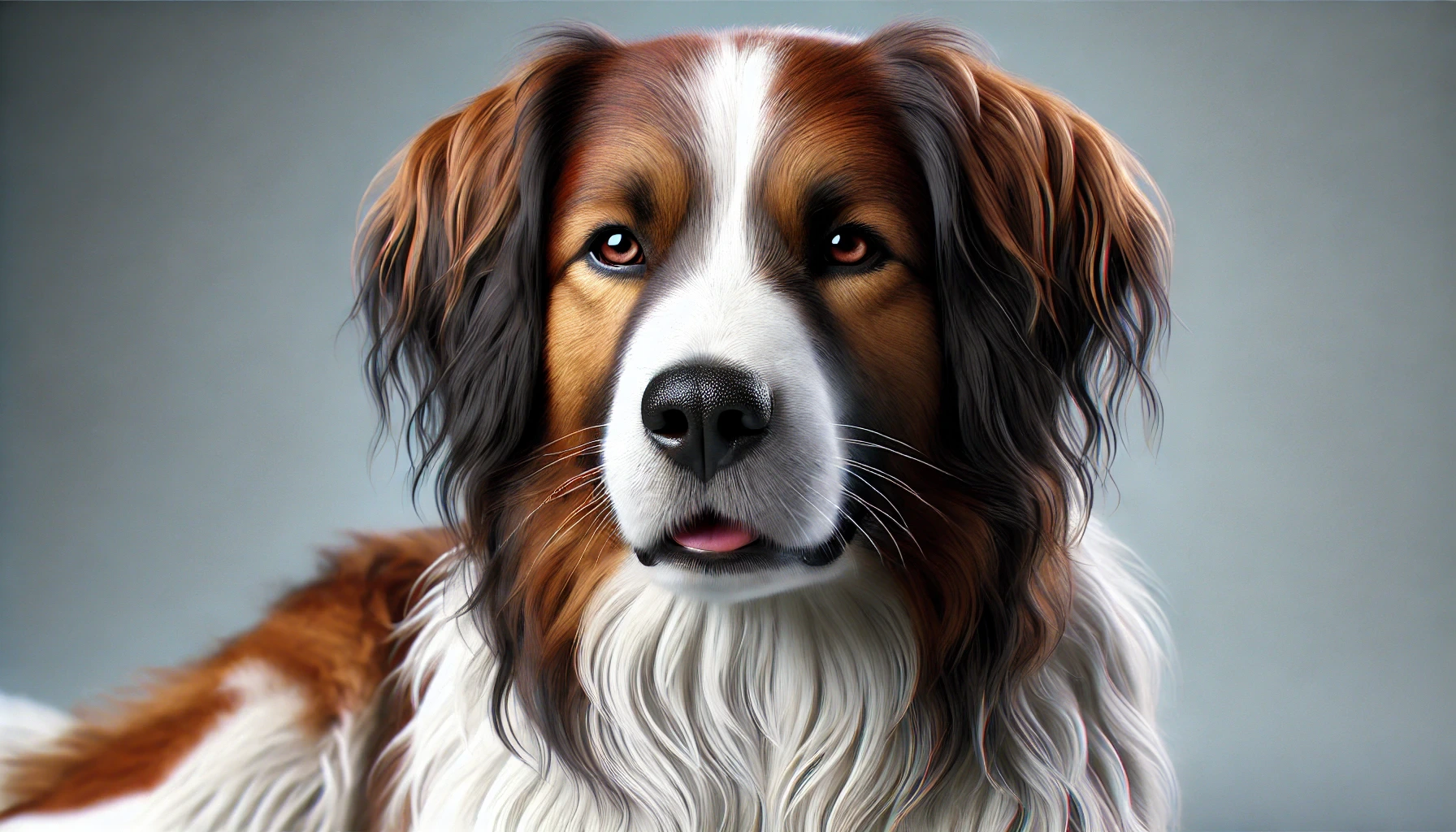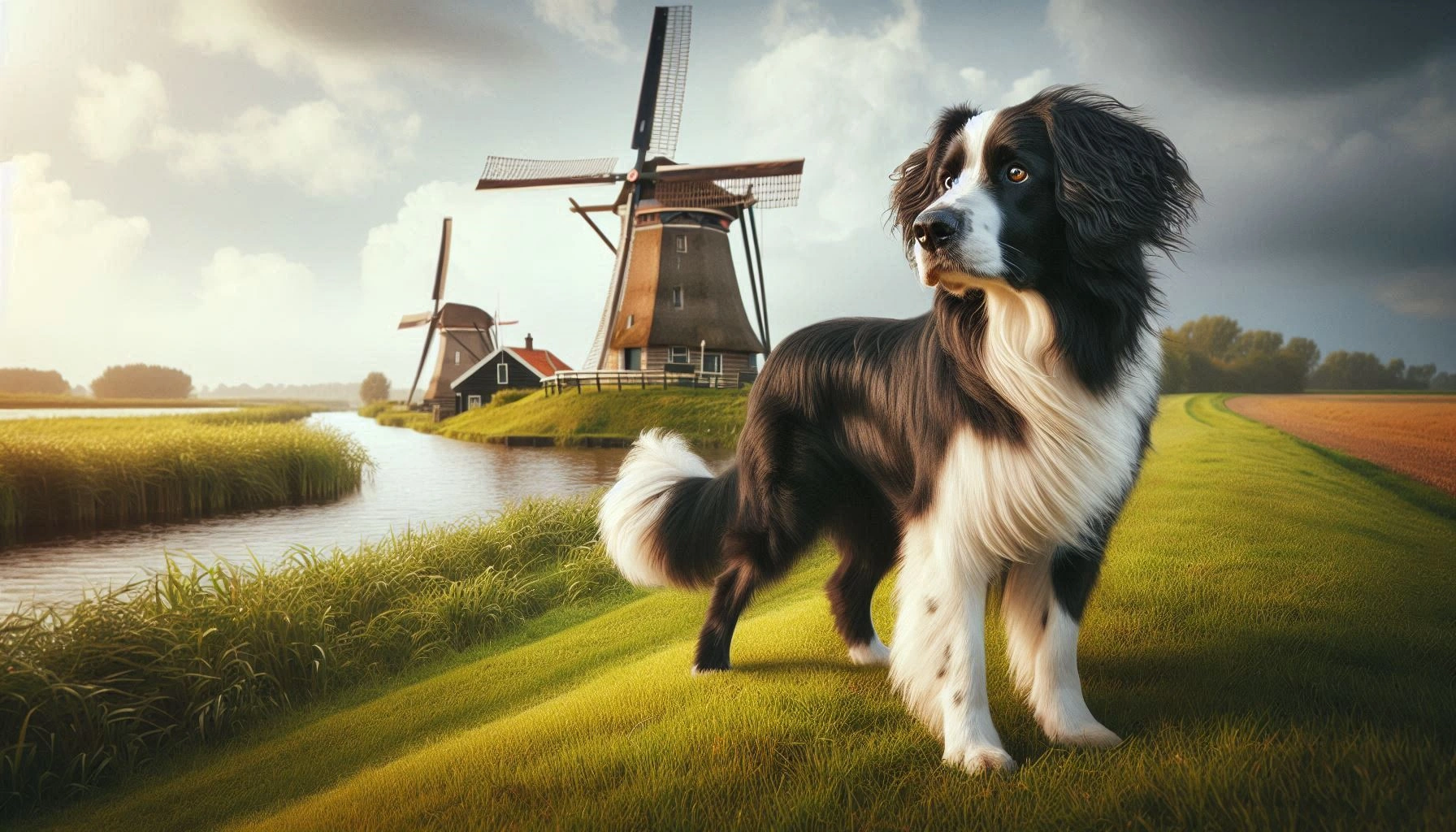Table of Contents
Schapendoes Dog Breed
The Schapendoes, also known as the Dutch Sheepdog, is a versatile and energetic breed that has been capturing the hearts of dog lovers around the world. Known for its friendly disposition and distinctive shaggy coat, the Schapendoes is a delightful companion for active families and individuals. In this guide, we’ll explore the unique characteristics, history, and care requirements of the Schapendoes, helping you understand why this breed might be the perfect addition to your home.
History and Origin
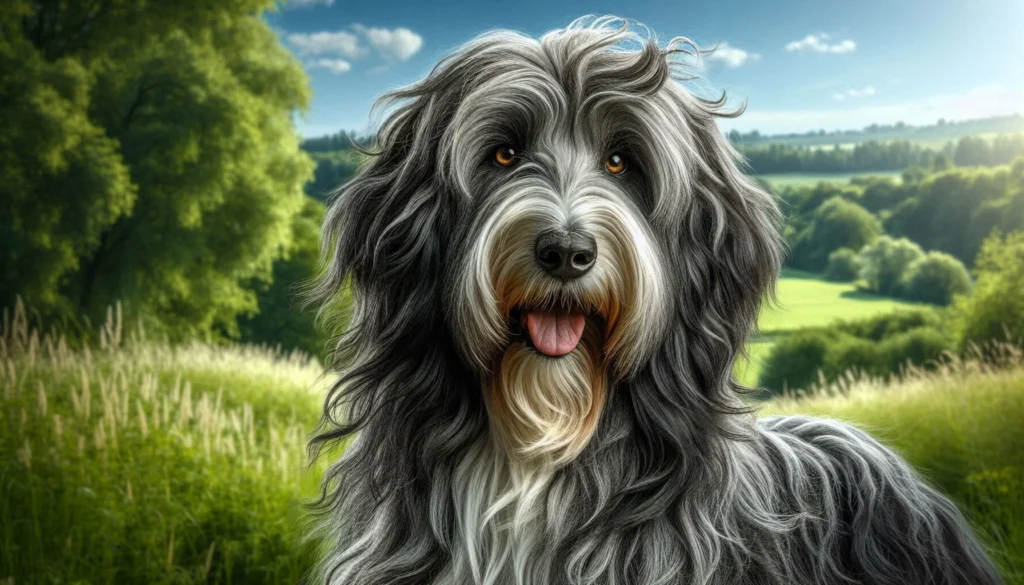
The Schapendoes originated in the Netherlands, where it was traditionally used as a herding dog. Its name translates to “Dutch Sheepdog,” reflecting its primary role in helping farmers manage their flocks. The breed’s history dates back to the 19th century, although it nearly faced extinction during World War II. Thanks to dedicated breeders, the Schapendoes was revived and recognized by the Dutch Kennel Club in the 1950s. Today, it is appreciated not only for its herding abilities but also as a loyal and affectionate family pet.
Physical Characteristics
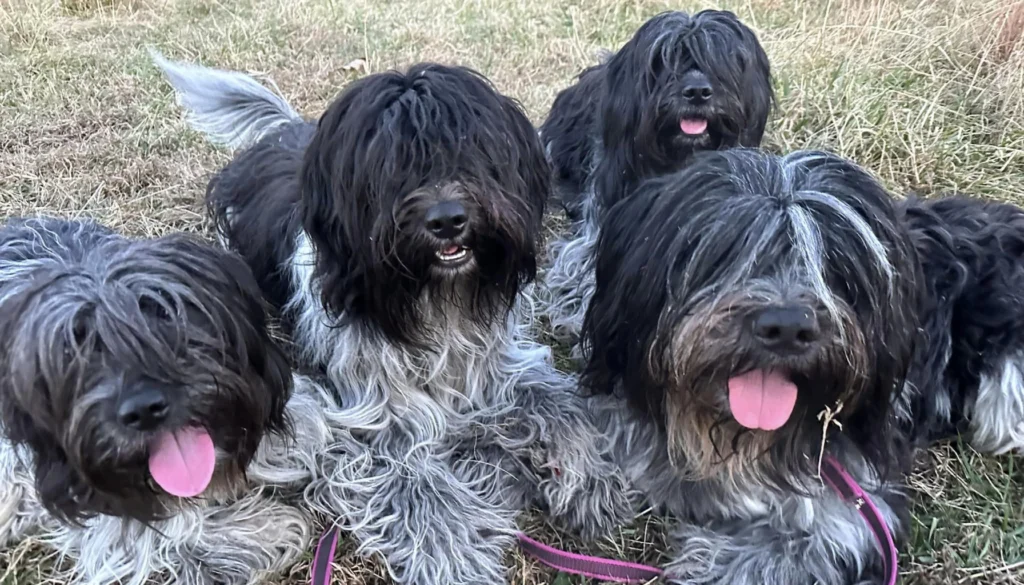
Size and Build
The Schapendoes is a medium-sized dog, with males typically standing between 17 to 20 inches tall at the shoulder and females slightly smaller. They generally weigh between 26 to 55 pounds, depending on their diet and exercise regime.
Coat and Colors
One of the most striking features of the Schapendoes is its long, dense, and wavy coat. This shaggy fur provides excellent protection against harsh weather conditions, making it well-suited for outdoor activities. The breed comes in a variety of colors, including black, blue-gray, brown, and various shades of grey. Their coats often have a mix of lighter and darker hues, giving them a distinctive, almost tousled appearance.
Distinctive Features
The Schapendoes has a broad head with a well-defined stop and expressive, dark eyes that exude intelligence and curiosity. Their ears are set high and hang down, often blending into their furry neck and shoulders. The tail is long and covered in a profusion of hair, carried low when at rest and raised when the dog is alert.
Temperament and Personality
The Schapendoes is known for its lively and affectionate nature. They are highly social animals that thrive on human companionship and are known to form strong bonds with their families. Here are some key personality traits:
- Friendly and Outgoing: Schapendoes dogs are generally friendly with both people and other animals. They are known to be particularly good with children, making them excellent family pets.
- Intelligent and Alert: This breed is very intelligent and quick to learn new tasks. They are also alert and can make excellent watchdogs, although they are not typically aggressive.
- Energetic and Playful: Schapendoes have a lot of energy and enjoy engaging in various physical activities. They excel in agility, obedience, and herding trials.
Health and Lifespan
The Schapendoes is generally a healthy breed with a lifespan of 12 to 15 years. However, like all breeds, they are prone to certain health issues. Common concerns include:
- Hip Dysplasia: This genetic condition can lead to arthritis and pain in the hip joints. Regular vet check-ups and maintaining a healthy weight can help manage this condition.
- Progressive Retinal Atrophy (PRA): A degenerative eye disorder that can lead to blindness. Responsible breeding practices can reduce the risk of PRA.
- Ear Infections: Due to their long, floppy ears, Schapendoes can be prone to ear infections. Regular cleaning and grooming can help prevent this issue.
Tips for Keeping Your Schapendoes Healthy
- Regular Exercise: Ensure your Schapendoes gets plenty of physical activity to keep them fit and mentally stimulated.
- Balanced Diet: Feed them a high-quality, balanced diet appropriate for their age, size, and activity level.
- Routine Veterinary Care: Regular check-ups with the vet can help catch and manage health issues early.
Care and Grooming
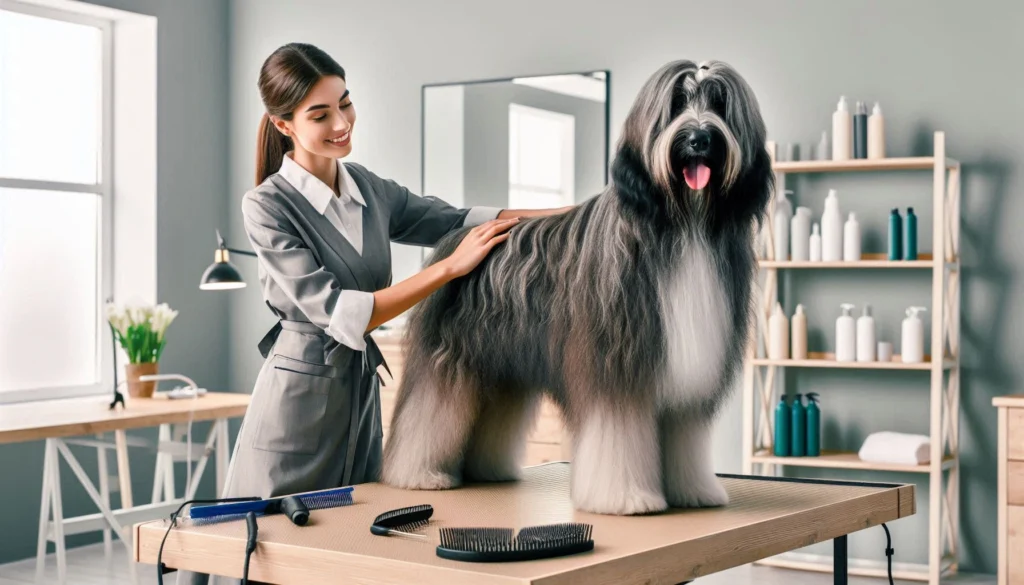
Grooming Needs
The Schapendoes’ long, dense coat requires regular grooming to prevent matting and keep it looking its best. Here are some grooming tips:
- Brushing: Brush their coat at least twice a week to remove loose hair and prevent tangles.
- Bathing: Bathe your Schapendoes as needed, typically every few months or when they get particularly dirty.
- Ear Cleaning: Check and clean their ears regularly to prevent infections.
- Nail Trimming: Trim their nails regularly to avoid overgrowth and related issues.
Exercise Requirements
Schapendoes are active dogs that need plenty of exercise. Aim for at least an hour of physical activity each day, including walks, playtime, and mental stimulation through training or puzzle toys.
Dietary Recommendations
Feed your Schapendoes a high-quality dog food that meets their nutritional needs. Consult with your vet to determine the best diet based on your dog’s age, weight, and activity level. Avoid overfeeding to prevent obesity, which can exacerbate health issues like hip dysplasia.
Training and Socialization
Training Tips
The Schapendoes is intelligent and eager to please, making them relatively easy to train. Positive reinforcement techniques work best with this breed. Here are some training tips:
- Start Early: Begin training and socialization early to instill good behaviors and prevent bad habits.
- Consistency: Be consistent with commands and routines to avoid confusion.
- Use Rewards: Reward-based training with treats and praise can be very effective.
Socialization
Early socialization is crucial for Schapendoes to ensure they grow into well-adjusted adults. Expose them to a variety of people, animals, and environments from a young age to build their confidence and reduce fearfulness.
Suitability as a Family Pet
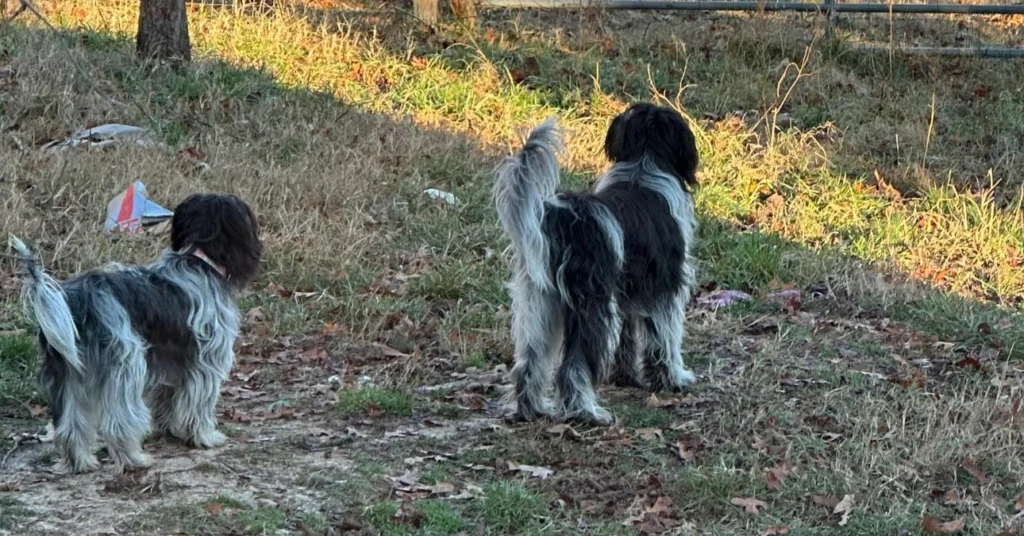
The Schapendoes is an excellent choice for families, thanks to their friendly and gentle nature. They get along well with children and other pets, making them versatile companions. However, they do best in homes where they can get plenty of exercise and mental stimulation. A house with a yard or access to open spaces is ideal.
Living Environment Considerations
While Schapendoes can adapt to apartment living if they get enough exercise, they thrive in environments where they can run and play. They are not suited for homes where they will be left alone for long periods, as they can become bored and develop behavioral issues.
Fun Facts and Trivia
- The Schapendoes was almost extinct after World War II, but the breed was revived thanks to the efforts of dedicated breeders.
- They are sometimes referred to as “Dutch Sheepdogs” because of their herding heritage.
- Schapendoes are known for their jumping ability and agility, making them excellent competitors in dog sports.
Similar Dog Breeds


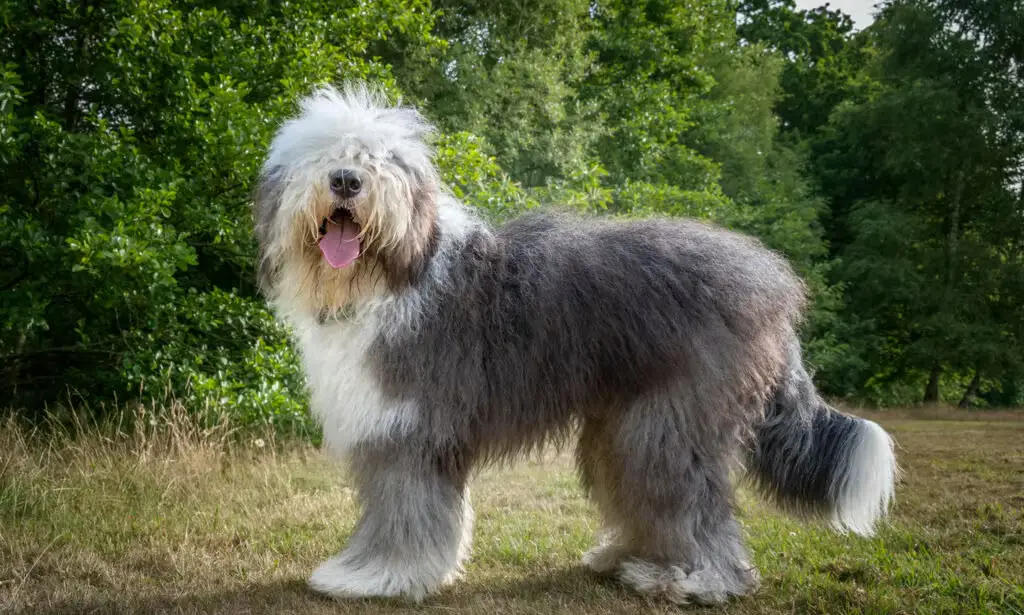
Bearded Collie
The Bearded Collie is another herding breed with a shaggy coat and lively personality. They are known for their intelligence and are also great family pets.
Polish Lowland Sheepdog
Similar in appearance to the Schapendoes, the Polish Lowland Sheepdog has a long, dense coat and is an excellent herding dog. They are loyal, hardworking, and good with children.
Old English Sheepdog
The Old English Sheepdog is larger than the Schapendoes but shares a similar shaggy coat and herding background. They are friendly, adaptable, and known for their gentle nature.
Conclusion
The Schapendoes is a charming and versatile breed that makes an excellent companion for active families and individuals. With their friendly nature, intelligence, and unique appearance, they have much to offer as both working dogs and family pets. If you’re considering adding a Schapendoes to your home, be prepared to provide plenty of exercise, grooming, and love.
FAQ
Is the Schapendoes a dangerous dog?
No, the Schapendoes is not considered a dangerous dog. They are known for their friendly and gentle temperament, making them excellent companions for families and individuals.
Is the Schapendoes a good guard dog?
While Schapendoes are alert and can serve as good watchdogs, they are not typically aggressive and may not be the best choice for a guard dog. Their friendly nature makes them more suited to companionship than protection.
